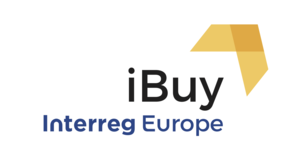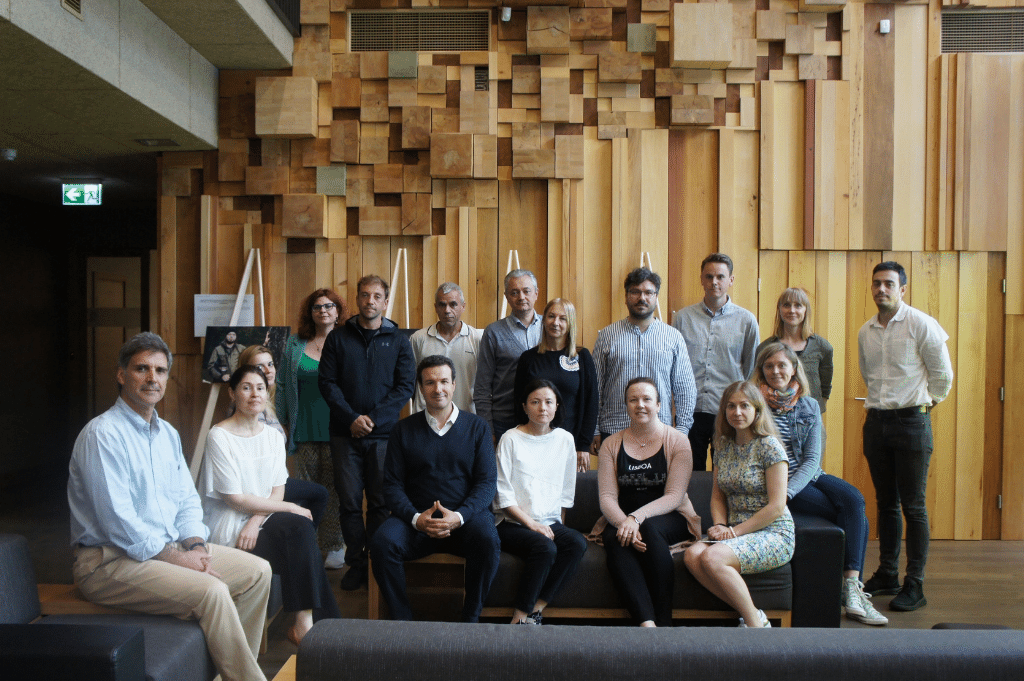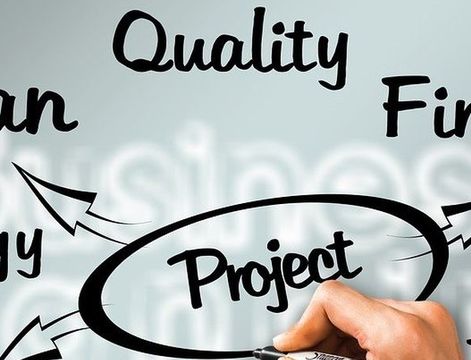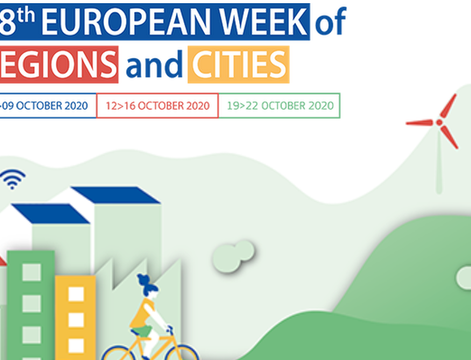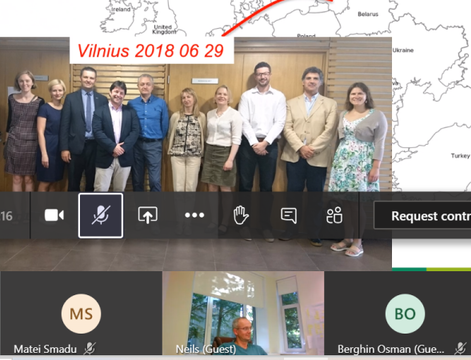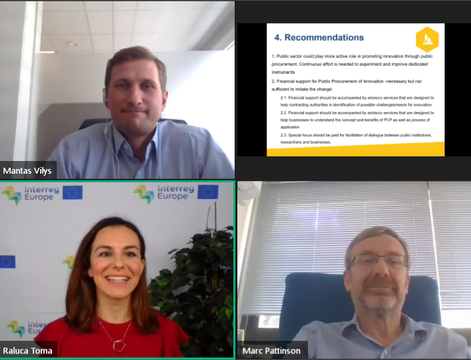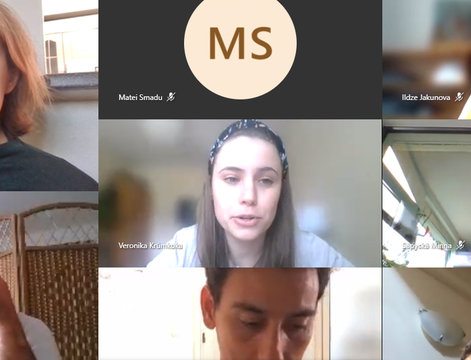Experts from seven countries have shared their perceptions and experiences within the models of financing PPI and PCP, which have been already used by each region and could serve as an example for other initiatives.
Mrs. Ioana Prodan, a representative of National Authority for Public Procurement in Romania, has presented the reforming the public procurement system through public policies promotion as the key to innovation procurement in Romania.
Mr. Luis Ferreira from National Innovation Agengy of Portugal had discussed the state of play of Portugal in H2020 IPP and PCP projects.
Mr. Jorge Gonzalez representing InDemand project has introduced the development and testing of new models to finance the demand side through PPI.
Mr. Antti Savola of Novice Ltd. has emphasised the creation of something new for IPP and doing something old different.
Mrs. Lina Žiaukienė from Vilnius University Hospital Santaros Klinikos has presented the case of the pre-commercial procurement and what challenges and opportunities the organisation, as a buyer, has encountered.
Mrs. Andra Feldmane, a speaker from Latvian Association of Local and Regional Governments, has shared her experience on regional development and challenges within PPI with an emphasis on financial perspective.
Mr. Anastasios Katsavrias of Eron Consultants has showcased the differences between general public procurement and IPP when deciding the funding scheme.
All speakers also participated in an open discussion on 6 topics: commitment on implementation and adoption of PPI, national or regional funding schemes vs. the European ones, bundling demand in innovation procurement, innovation partnership, training and incentives for procurement officials, innovation culture.
The general consent on achieving the commitment is that the objective of the innovation procurement has to be important from the very beginning. It is important to guarantee that the origin of the innovation procurement is a felt need in the buying organization, which can be incentivized by the availability of additional funds, but this availability cannot be the main motivation to engage in the operation.
Selected challenges should have the management’s support but they should be identified by people at the operational level: they are the ones that know what kind of solutions are needed and which have a better chance as being deployed.
The start should be very easy by choosing the right challenge – taking a narrow approach and thinking easy for the first challenges: starting by the low hanging fruit when selection which operations to promote or to engage in. Innovation procurement is already complex as it is so choosing projects that are straightforwardly beneficial for the buying organization.
When designing and applying to different funding schemes, synchronized instruments should be considered: while there is a high availability of European funds and instruments directed towards innovation procurement, these are not designed to meet the specific objectives of a particular member state and can even clash with the final objectives of different countries. In this scenario, instruments that are specifically designed to match and reinforce specific objectives of innovation procurement (such as the development of local industry) are highly recommended. These can include schemes to support development of technology in earlier TRLs or even funding mechanisms to add specific public and private demand.
It has been also noted that funding schemes and other instruments to support innovation procurement are the means but not the end. In most of these cases the results are not optimal as not only the solution is not finally deployed but also the buying agency loses institutional capital and credibility among the potential suppliers.
The decision on whether to use an aggregated demand approach or not, should be very pragmatic: if there is no need for a lot of budget for a single operation, in which case aggregation of resources seems beneficial, then it shall be kept small. Institutional complexity already present in innovation procurement can in fact be aggravated by adding different agencies’ needs.
The impact over innovation procurement culture must be considered: depending on the cultural context a lot of visibility for a single buyer operation can backfire while being part of a “team of buyers” would make it easier to engage in innovation procurement.
More outcomes of the discussion could be found on YouTube. The first session of the whole discussion could be viewed here, while the second one is available here.
